Home>Interior Design>Should The Entire House Be Painted The Same Color?
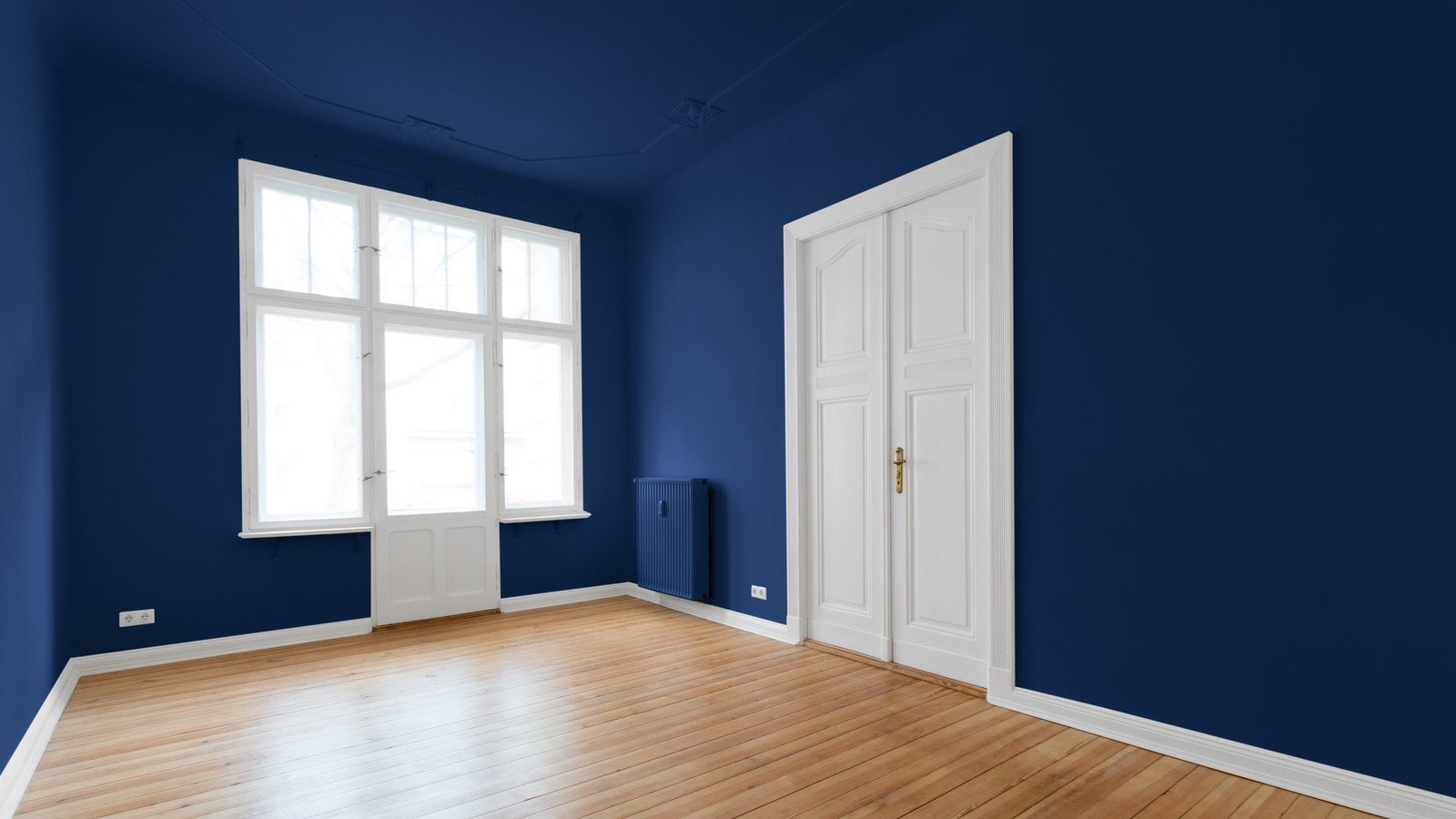

Interior Design
Should The Entire House Be Painted The Same Color?
Modified: October 19, 2024
Discover the pros and cons of painting your entire house the same color in this insightful interior design guide. Make an informed decision for a cohesive and stylish home.
(Many of the links in this article redirect to a specific reviewed product. Your purchase of these products through affiliate links helps to generate commission for Storables.com, at no extra cost. Learn more)
Introduction
Choosing the right color scheme for your home is an important decision that can significantly impact the overall aesthetic and ambiance of the space. When it comes to painting, one question that often arises is whether the entire house should be painted the same color. While there are varying opinions on this topic, there are valid arguments both in favor and against painting the entire house the same color.
In this article, we will explore the pros and cons of painting the entire house the same color, as well as discuss factors to consider and alternative approaches to achieve a cohesive and visually appealing interior design.
Ultimately, the decision of whether to paint the entire house the same color will depend on your personal preferences, the architectural style of your home, and the specific needs and characteristics of each room.
Key Takeaways:
- Consistency and coherence are the main advantages of painting the entire house the same color, creating a seamless flow and saving time and effort in color coordination and decorating.
- While painting the entire house the same color offers benefits, it’s crucial to consider room differences, architectural style, and personal style to make an informed decision. Explore alternatives like accent walls and color schemes for a cohesive yet varied interior design.
Pros of Painting the Entire House the Same Color
There are several advantages to painting the entire house the same color:
- Consistency and Coherence: Painting the entire house the same color creates a cohesive and harmonious look throughout the space. It provides a sense of unity and flow, making the rooms feel connected and visually appealing. This approach is particularly effective in open-concept homes, where rooms are seamlessly connected and share a common visual space.
- Easy Color Coordination: When the entire house is painted the same color, it simplifies the color coordination process. You don’t have to worry about choosing complementary colors for each room or making sure that they all work well together. This can save you time and effort when selecting furniture, décor, and accessories.
- Creates an Illusion of Space: Painting the whole house the same color can make a small space appear larger, as it eliminates visual breaks and boundaries between rooms. The continuity of color creates an uninterrupted flow, creating an illusion of spaciousness.
- Time and Cost Savings: Painting the entire house the same color can be more efficient and cost-effective compared to painting each room with different colors. It requires less time and effort for painting professionals, and you may be able to negotiate a better pricing for a larger paint job.
- Flexibility in Decorating: A consistent color scheme allows for more versatility in terms of decorating choices. The neutral backdrop provides a blank canvas where you can experiment with various furniture styles, patterns, textures, and accent colors. It allows you to showcase your personal style and easily update the look of your home over time.
While painting the entire house the same color offers these advantages, it’s important to consider the potential drawbacks as well.
Cons of Painting the Entire House the Same Color
While there are benefits to painting the entire house the same color, there are also potential drawbacks to consider:
- Lack of Visual Interest: Painting the entire house the same color can result in a lack of visual interest and variety. Without different colors to distinguish each room, the space may feel monotonous and lacking in depth. This can be particularly noticeable in homes with a large number of rooms or long hallways.
- Doesn’t Account for Room Differences: Each room in your home serves a different purpose and has its own unique characteristics. Painting all rooms the same color may not take into account these variations. For example, a vibrant color in the living room might create a lively and energetic atmosphere, while the same color in a bedroom might feel overwhelming and prevent a restful sleep.
- Diminishes Architectural Features: Different areas of your home may have distinct architectural features that are highlighted with the right choice of color. When every room is painted the same color, these architectural details may be understated or lost altogether. Highlighting architectural elements with contrasting colors can enhance their aesthetic appeal.
- Personal Style Limitations: Painting the entire house the same color may limit your ability to express your personal style and creativity in different rooms. Certain spaces, such as children’s rooms or home offices, may benefit from colors that reflect their purpose and create a specific ambiance. By only using one color, you may miss out on the opportunity to customize each room to meet specific needs or preferences.
- Difficulty in Repair and Maintenance: When the entire house is painted the same color, any wear, tear, or damage can be more noticeable. Touching up a specific area or carrying out repairs might be more challenging, as finding an exact match for the paint color may be difficult. This could result in having to repaint larger sections to ensure consistency.
Considering these potential drawbacks, it’s important to carefully weigh the pros and cons before deciding to paint your entire house the same color.
Consider painting the entire house the same color for a cohesive and harmonious look. This can create a sense of continuity and flow throughout the space, making it feel more open and connected.
Factors to Consider
When deciding whether to paint your entire house the same color, there are several factors to consider:
- Architectural Style: The architectural style of your home can play a significant role in determining whether a unified color scheme is appropriate. Some styles, such as modern or minimalist, often lend themselves well to a single color throughout the house, while other styles, like Victorian or Craftsman, may benefit from incorporating different colors to highlight architectural details.
- Lighting Conditions: Consider the natural lighting conditions in your home. Rooms that receive ample sunlight throughout the day can handle darker or bolder colors without feeling too overwhelming. On the other hand, rooms with limited natural light may benefit from lighter and more reflective colors to create a sense of brightness and openness.
- Room Function and Mood: Think about the purpose and desired mood of each room. Different colors can evoke various emotions and impact the overall atmosphere. For example, cool blues or greens can create a calming effect in bedrooms, while warm yellows or oranges can stimulate energy and creativity in home offices or workspaces.
- Flow and Connectivity: Consider how your rooms are connected and flow into one another. If you have an open-concept layout, painting the entire space a unified color can help create a seamless transition from one area to another. However, if your rooms are more compartmentalized, you might want to consider using different colors to define and distinguish each individual space.
- Your Personal Style: Your personal style and preferences should also be taken into account. If you have a specific color palette or aesthetic that you love, you may want to incorporate it throughout your home. However, if you enjoy experimenting with different colors and patterns, opting for a diverse color scheme might better suit your style.
- Long-Term Resale Value: While your personal preferences should guide your decision, it’s worth considering the potential impact on resale value. Painting your entire house the same color can create a neutral and appealing canvas for potential buyers. However, if you’re planning to stay in your home for many years, prioritize your own enjoyment over the potential resale value.
By considering these factors, you can make an informed decision on whether painting the entire house the same color is the best choice for your home.
Alternatives to Painting the Entire House the Same Color
If you’re hesitant about painting your entire house the same color, there are a few alternative approaches that can still achieve a cohesive and visually appealing interior design:
- Accent Walls: Rather than painting every room the same color, consider incorporating accent walls in select areas. An accent wall can add a pop of color and create visual interest without overwhelming the entire space. Choose a wall that serves as a focal point, such as the one behind a bed or a fireplace, and paint it in a bold or contrasting color.
- Color Schemes: Instead of using just one color throughout, consider creating a color scheme for your home. Choose a base neutral color, such as a warm white or a soft gray, that can be used as a backdrop in all rooms. Then, select a complementary palette of colors for each room, incorporating shades and tones that work well together to create a harmonious and cohesive look.
- Transitions and Flow: If you prefer a more varied color scheme, focus on creating smooth transitions and flow between rooms. Choose colors that complement each other and consider using shades of the same hue or color family to create a sense of continuity. This will help maintain a cohesive overall look while allowing for individuality in each space.
- Highlighting Architectural Features: An alternative approach is to use color to highlight and enhance the architectural features of your home. Choose colors that accentuate the details, such as crown molding, trim, or unique architectural elements. By doing so, you can add visual interest and create a dynamic interior design that showcases the unique character of your home.
- Focal Point Colors: Instead of painting each room the same color, consider using different colors strategically to create focal points. Choose a standout color for areas that you want to draw attention to, such as an entryway, a staircase, or a statement wall. This can add depth and visual intrigue to your home while allowing for variation in color throughout.
Remember, there is no one-size-fits-all approach when it comes to interior design. Explore these alternatives and find the approach that best fits your personal style and the specific needs of your home.
Conclusion
Deciding whether to paint the entire house the same color is a personal choice that depends on various factors and considerations. While there are pros and cons to both approaches, it’s important to find the option that aligns with your aesthetic preferences, the architectural style of your home, and the specific needs of each room.
If you decide to paint the entire house the same color, you can enjoy the benefits of consistency, easy color coordination, the illusion of space, time and cost savings, and flexibility in decorating. However, be mindful of the potential drawbacks, such as a lack of visual interest, limitations in personal style, and difficulties in repair and maintenance.
Alternatively, you can explore alternatives to painting the entire house the same color, such as using accent walls, creating a color scheme, focusing on transitions and flow, highlighting architectural features, or implementing focal point colors. These alternatives can add variety, visual interest, and personalized touches while still maintaining a cohesive overall design.
Ultimately, your home should reflect your personal style and create spaces that bring you joy and comfort. Consider the architectural style, lighting, room function, flow, and your own preferences when making the decision. Whether you choose to paint the entire house the same color or experiment with different colors, the goal is to create a space that is visually appealing, harmonious, and tailored to your unique taste.
Remember, there are no hard and fast rules in interior design. Trust your instincts, have fun with colors, and create a home that is a true reflection of your personality and lifestyle.
Curious about other ways to spruce up your space? Dive into our guide on home renovation to discover durable hardwood flooring options that can transform any room. Or, if you're aiming for a harmonious atmosphere, learn how to master your color scheme for a seamless transition between spaces. For hands-on homeowners, our comprehensive DIY home improvement tips will equip you with the know-how to tackle projects confidently and creatively.
Frequently Asked Questions about Should The Entire House Be Painted The Same Color?
Was this page helpful?
At Storables.com, we guarantee accurate and reliable information. Our content, validated by Expert Board Contributors, is crafted following stringent Editorial Policies. We're committed to providing you with well-researched, expert-backed insights for all your informational needs.
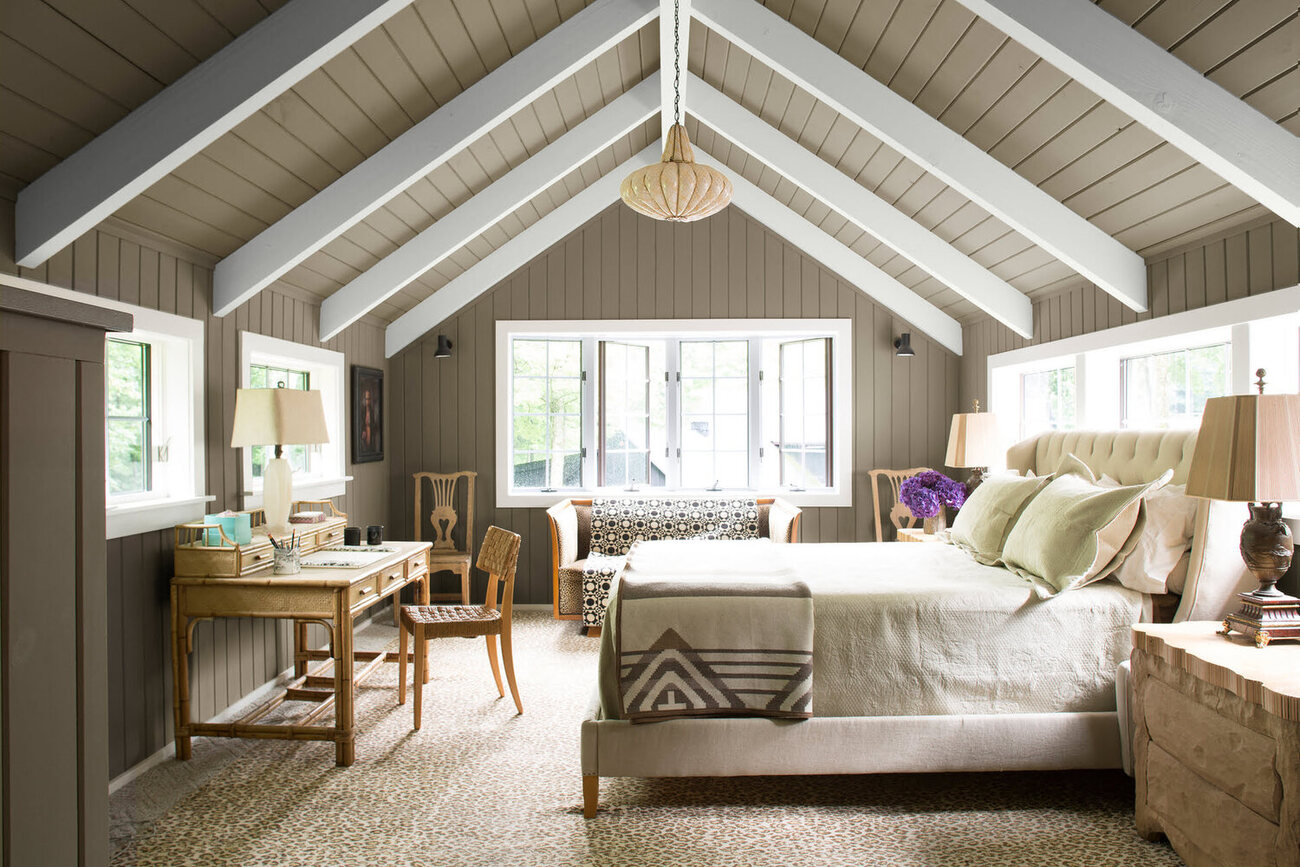
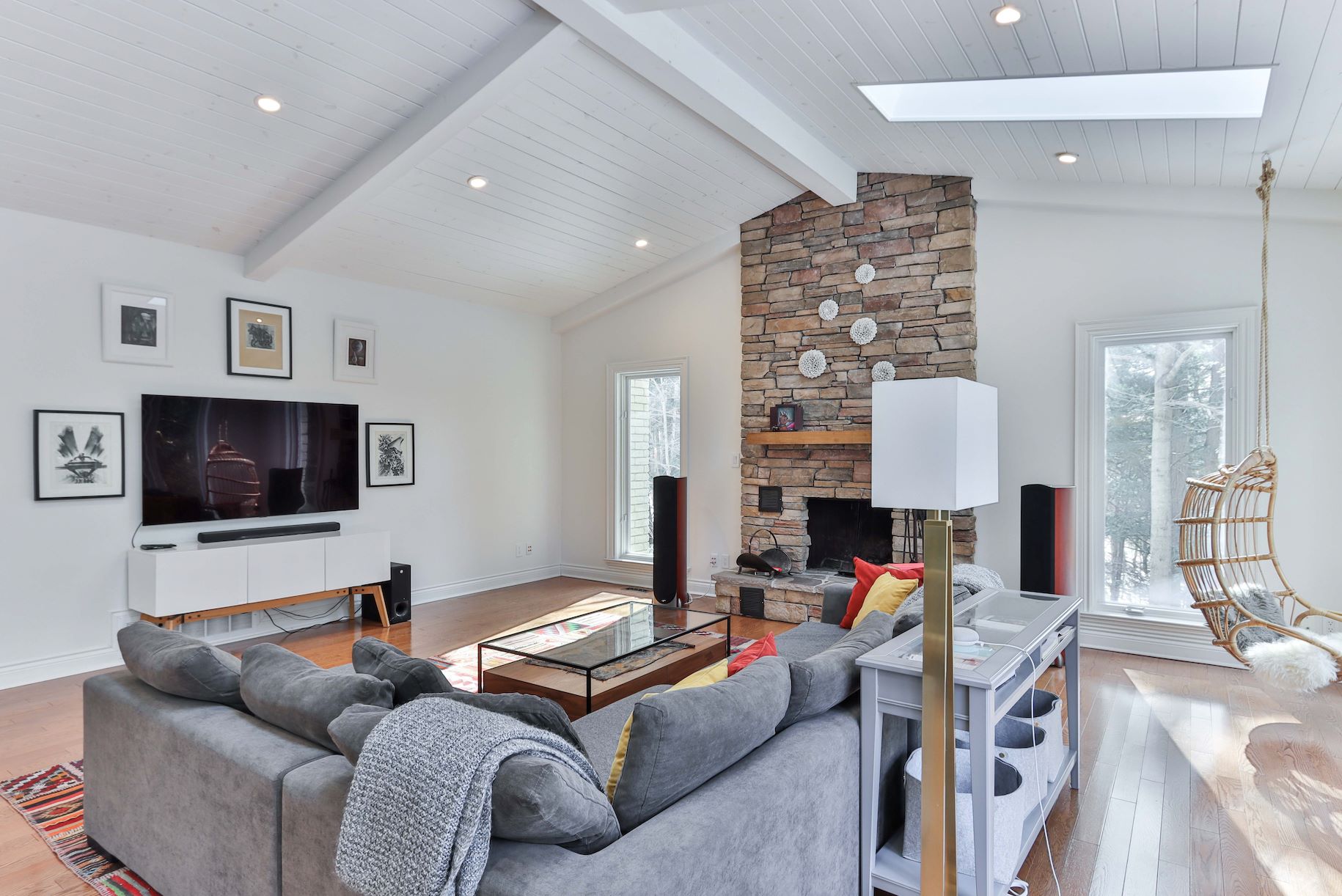
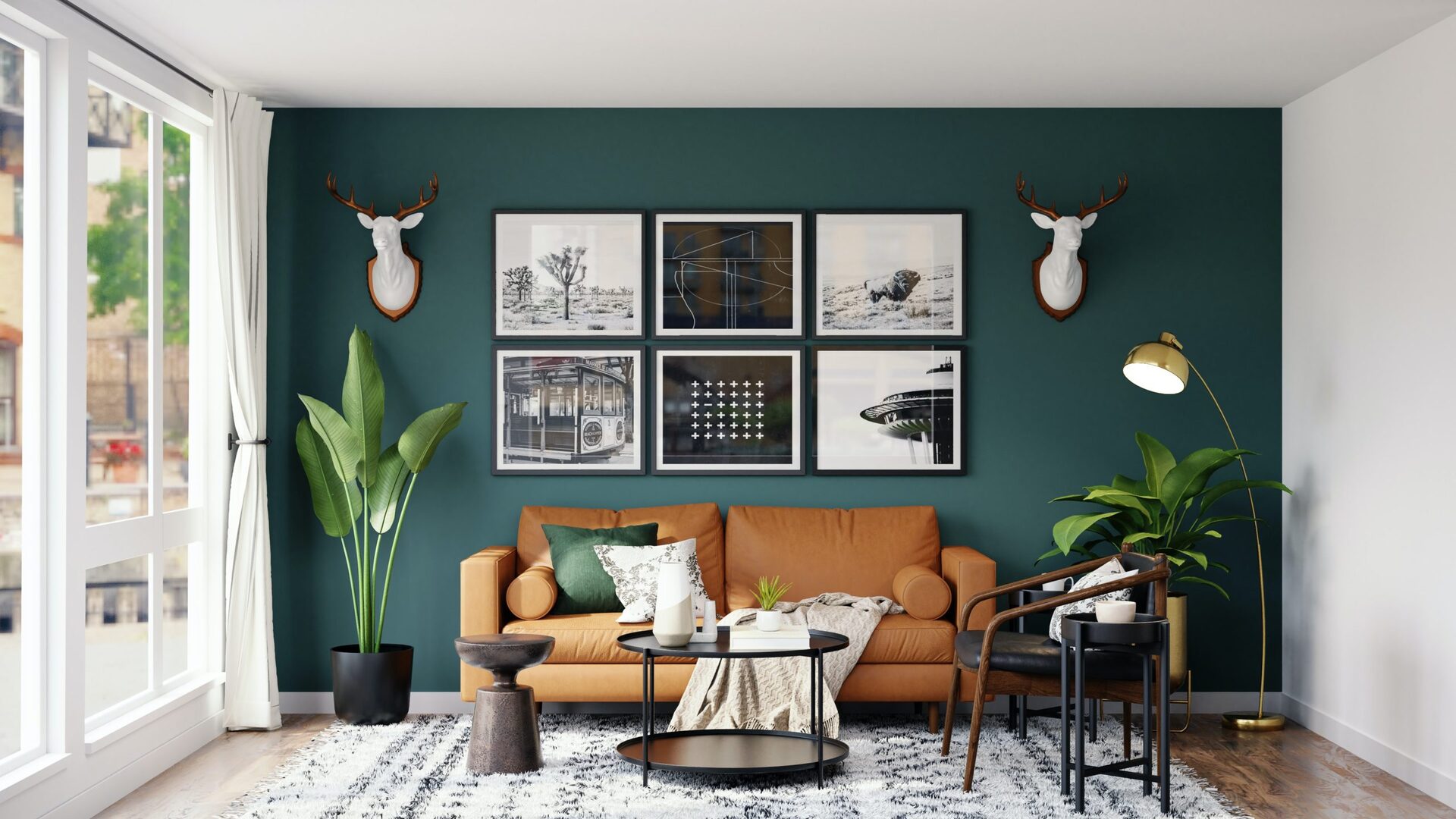
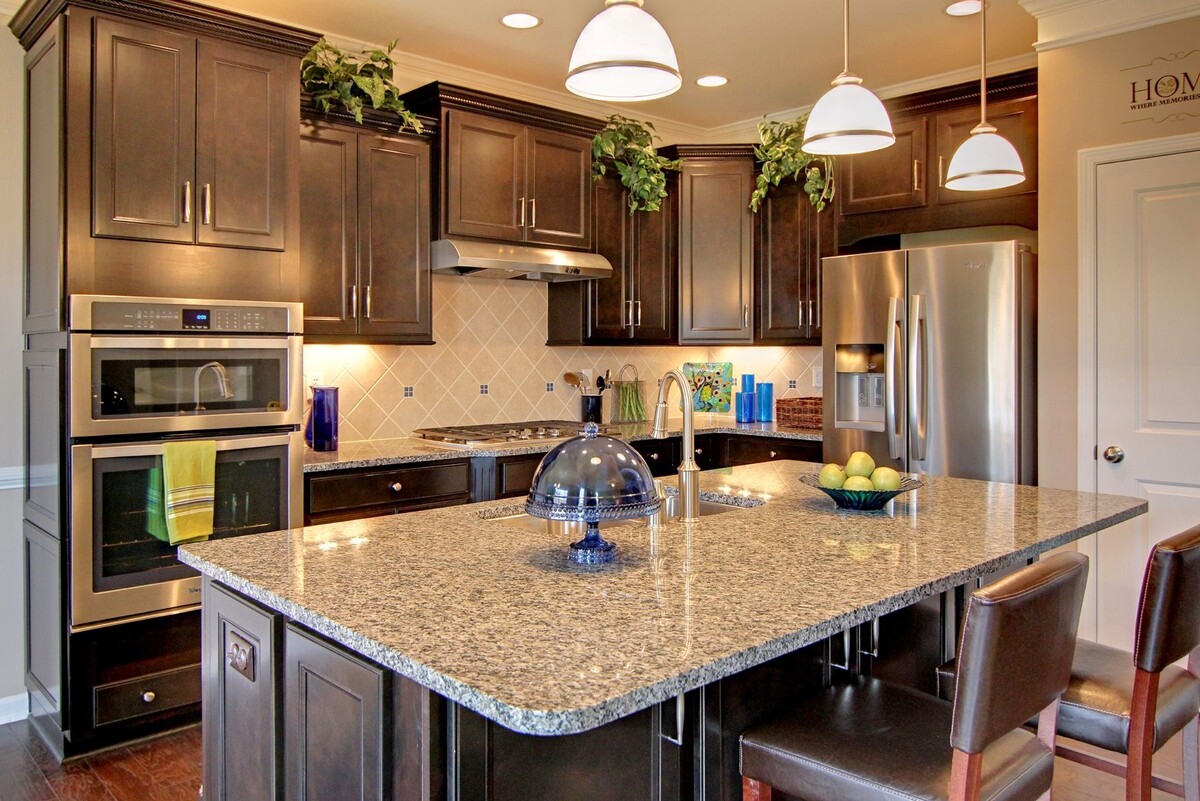
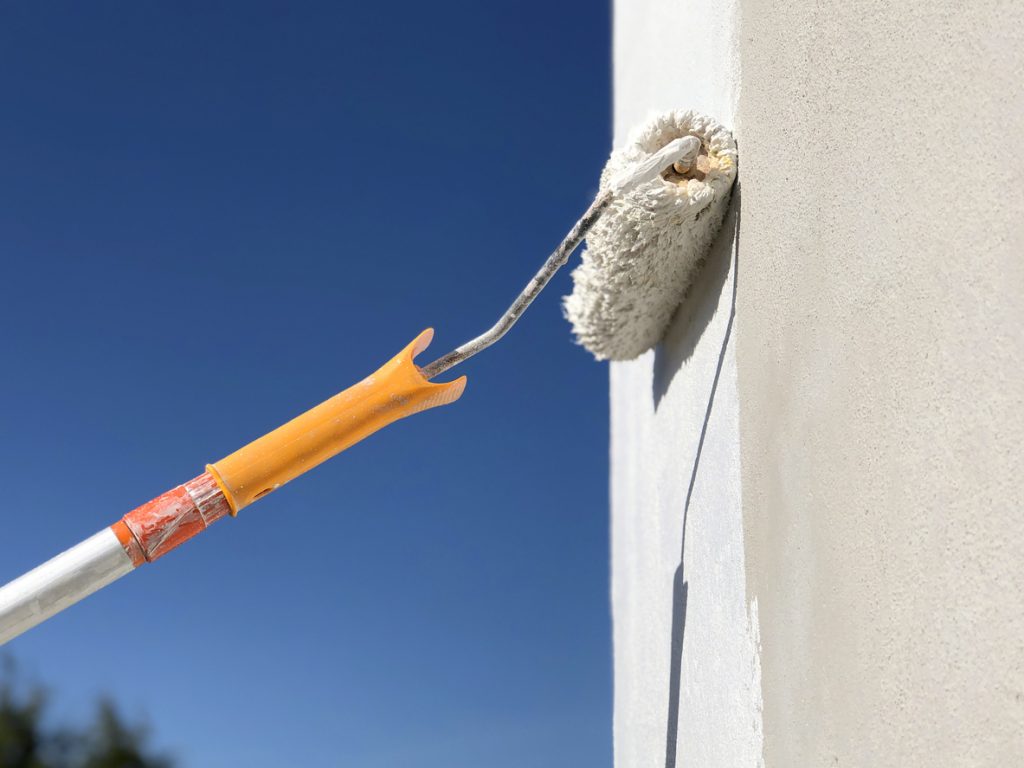
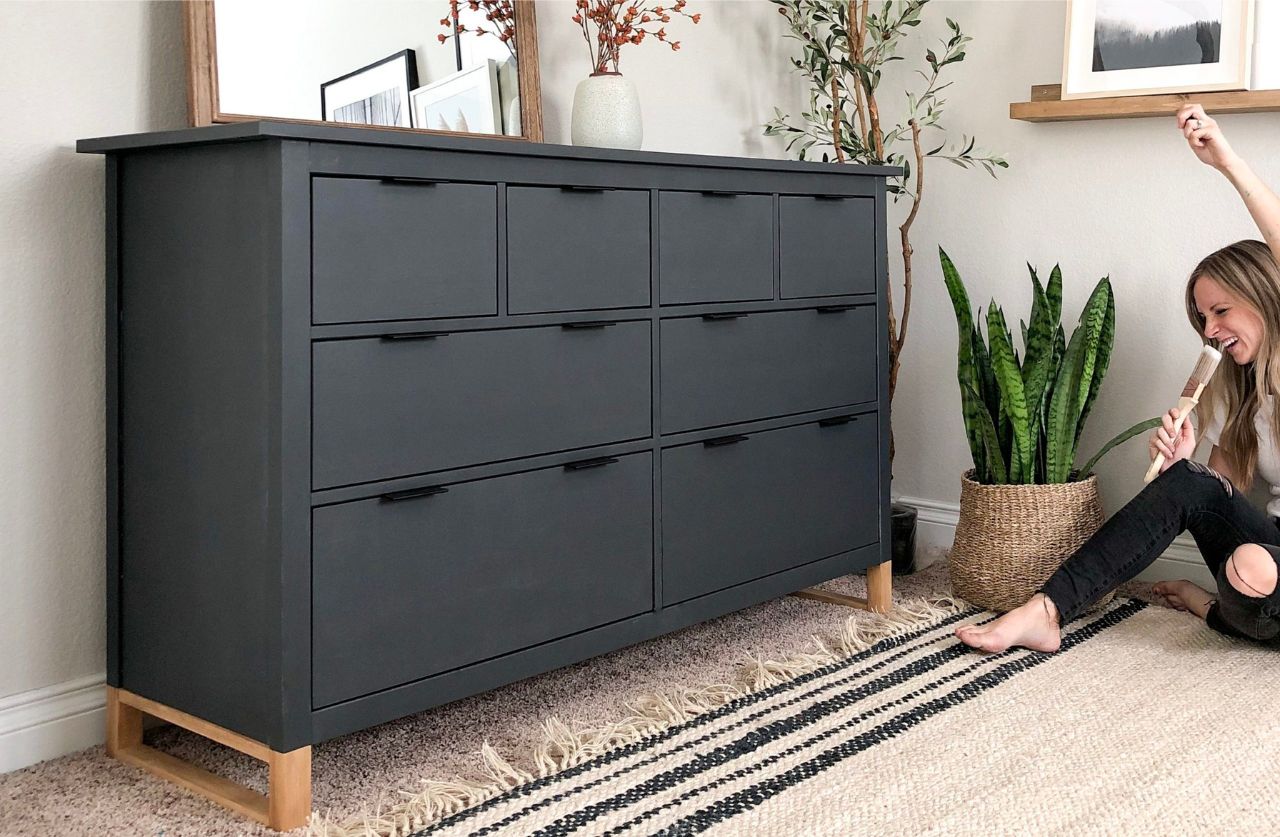


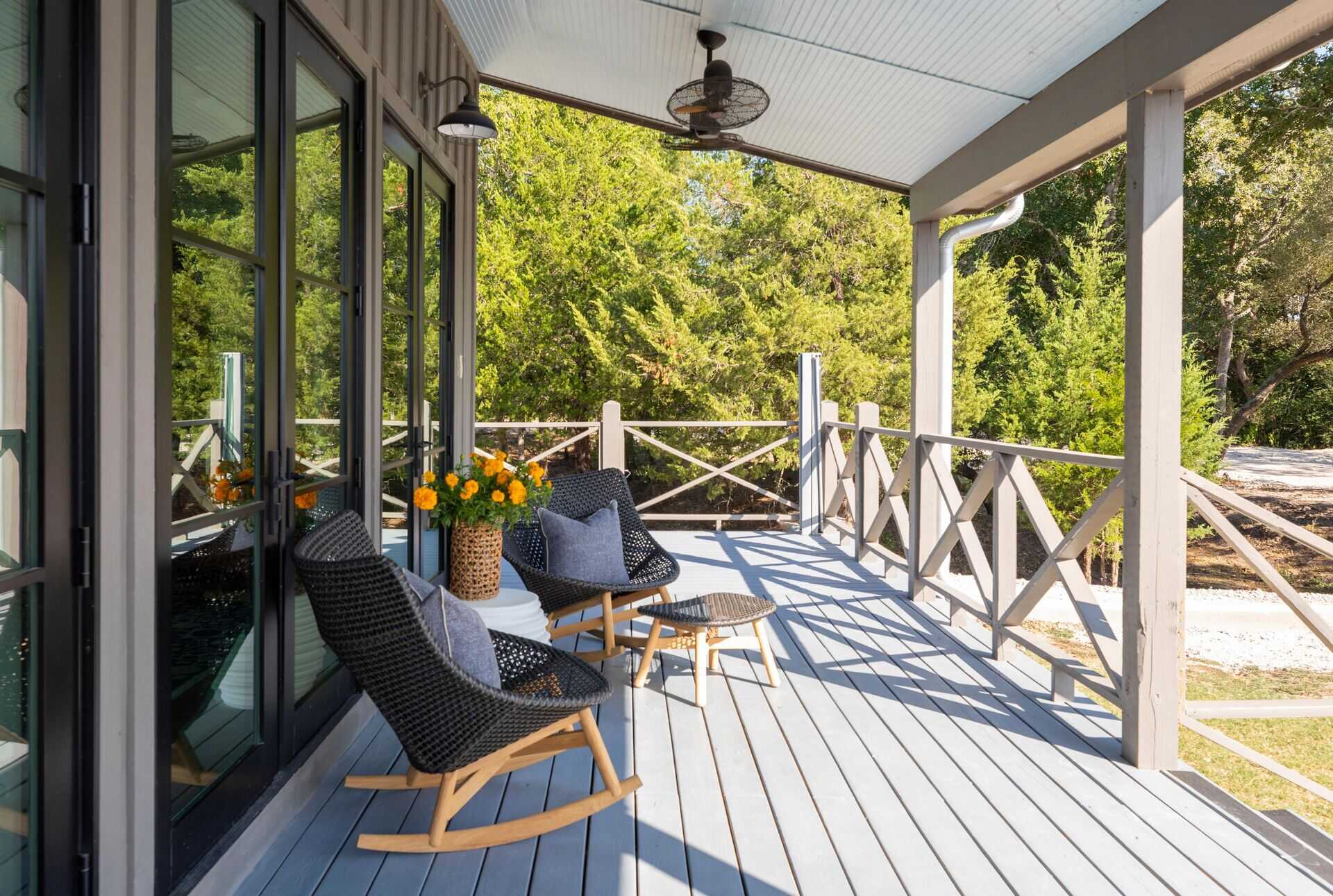
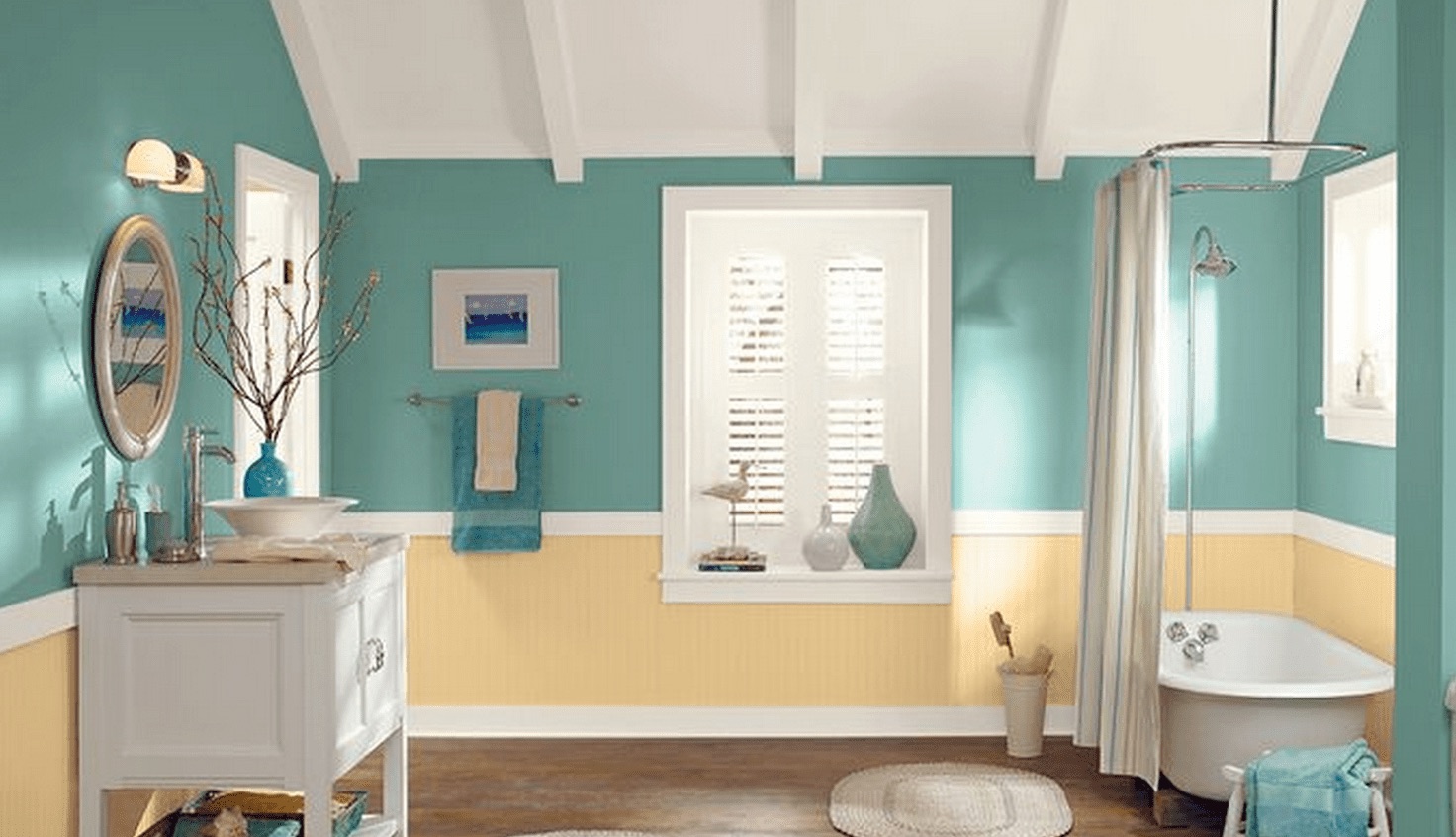
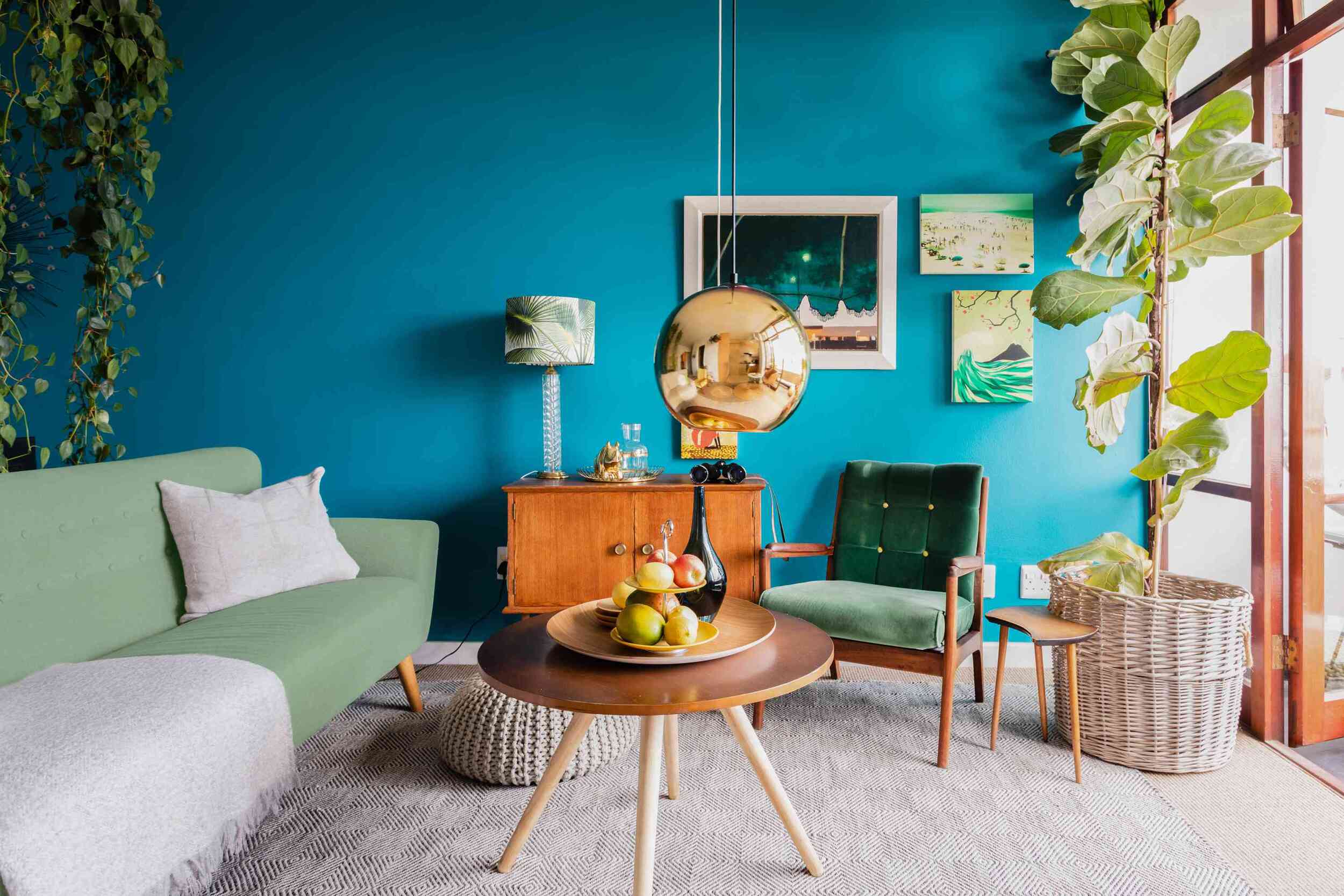
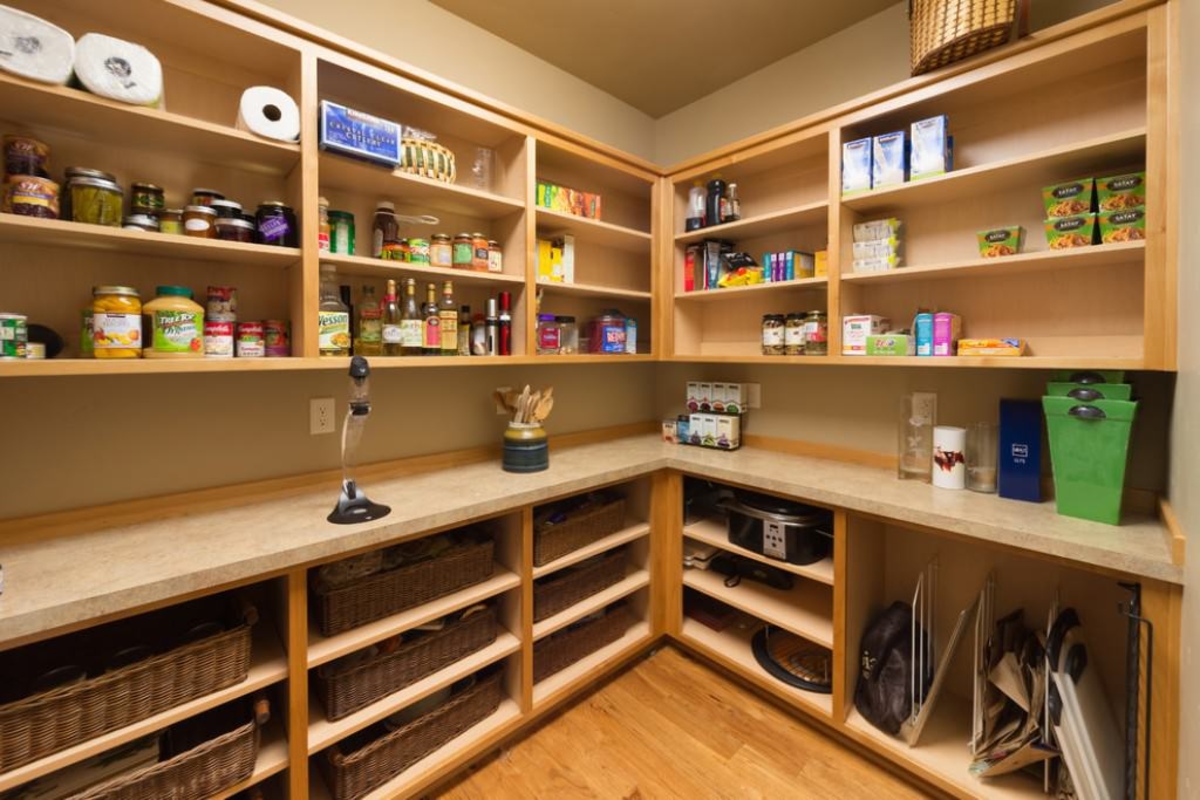
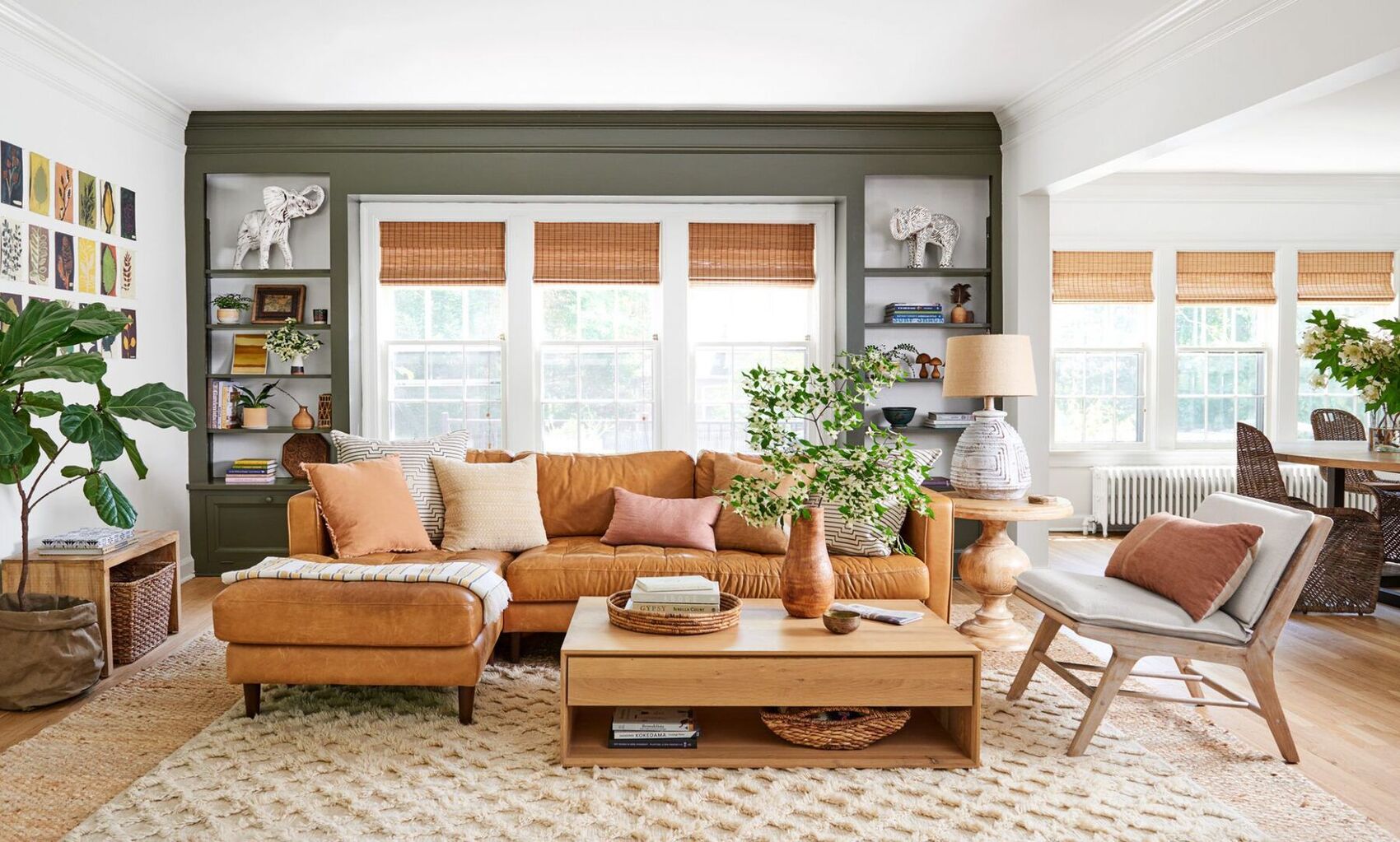
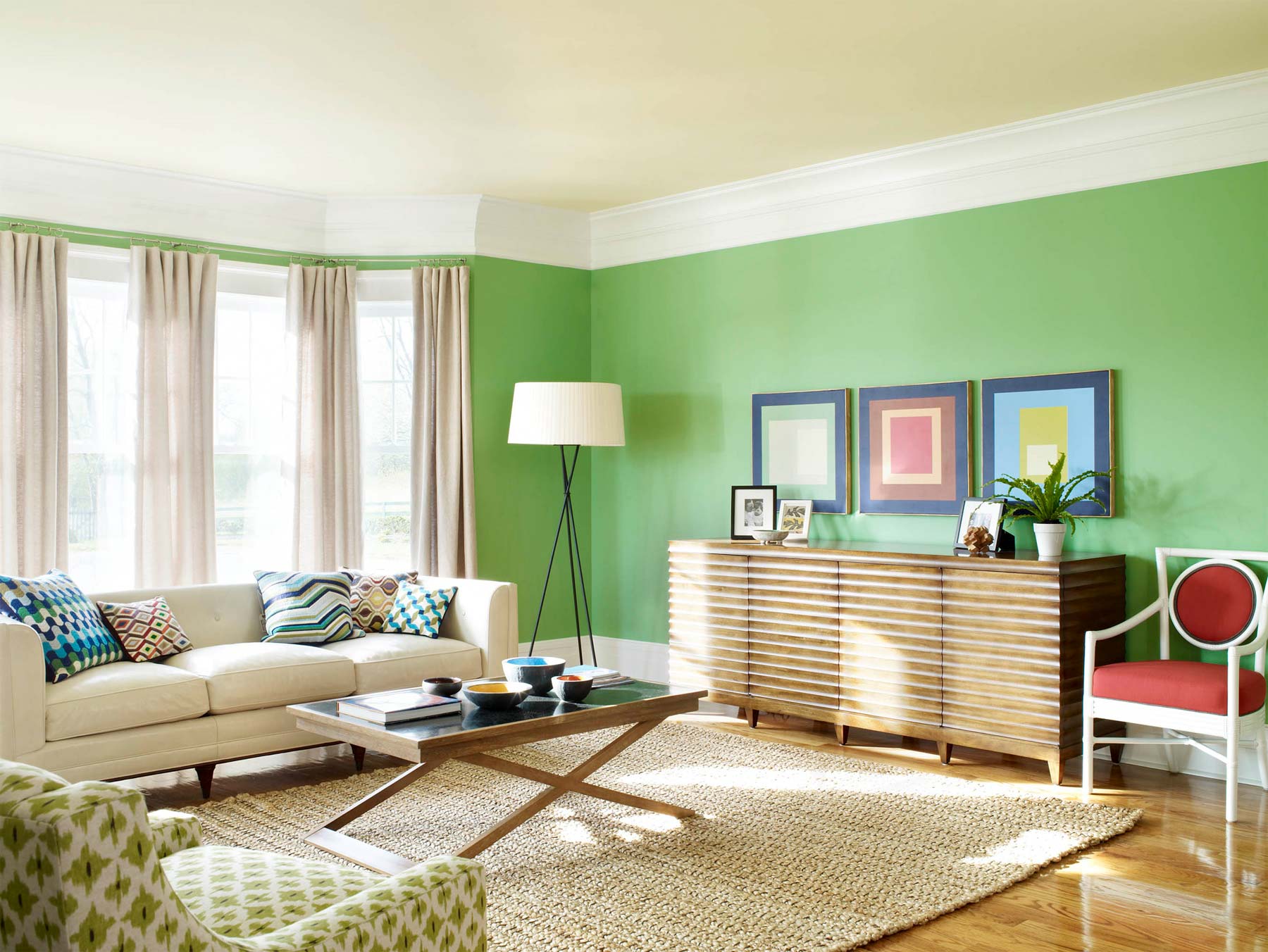

0 thoughts on “Should The Entire House Be Painted The Same Color?”